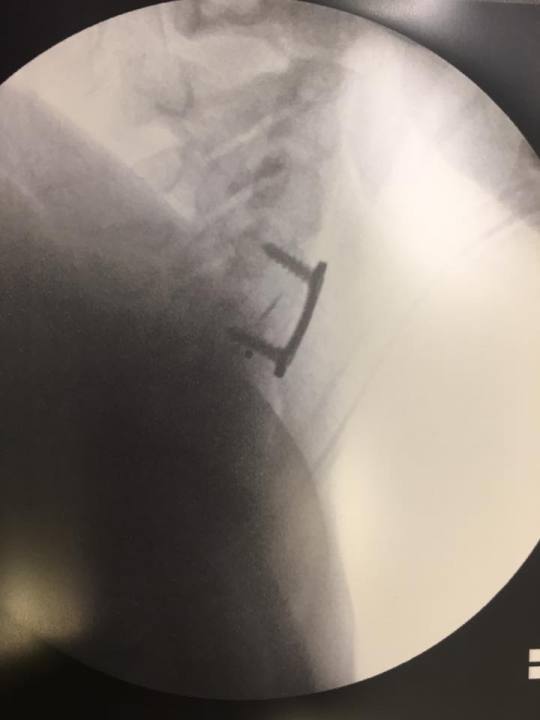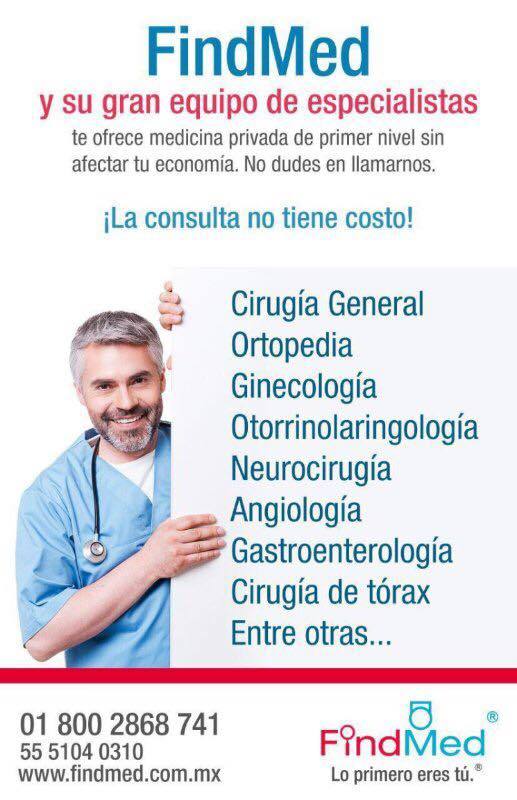Fuente
Este artículo es originalmente publicado en:
Este artículo es originalmente publicado en:
De y Todos los derechos reservados para:
Courtesy : Authors: Susan E. Mackinnon, Andrew Yee Affiliation: Washington University School of Medicine Division of Plastic Reconstructive Surgery Department of Surgery Saint Louis, MO Peripheral Nerve Surgery: http://nervesurgery.wustl.edu
Brachialis to Anterior Interosseous Nerve Transfer with Extended Forearm Incision
Standard Edition (140312.140314)
Loss of flexor pollicis longus and radial profundus function results in a deficit of pinch and reduced grip strength in the hand. This palsy can be isolated or commonly included in a lower brachial plexus injury. The brachialis nerve is an available, synergistic, and powerful donor for transfer in these scenarios, especially in C7,8,T1 injuries and when other common donors are unavailable due to injury like the extensor carpi radialis brevis. In this case, the patient presented three months following a partial C7 and C8,T1 brachial plexus injury from a fall with no recovery on electrodiagnostic studies. The brachialis to anterior interosseous nerve transfer was elected with the supinator to flexor digitorum superficialis nerve transfer and lateral antebrachial cutaneous to ulnar sensory nerve transfer. This video details the specifics for the brachialis transfer with an extended incision into the forearm to confirm the proximal topography of the anterior interosseous fascicle in the median nerve. Additionally, this patient has an anomalous sensory nerve anastomosis from a brachialis nerve branch to the sensory component of the median nerve.
Tables of Contents (Standard)
00:57 Proximal Arm Exposure
01:51 Exposure and Identification of Median Nerve in the Arm
03:18 Exposure and Identification of Musculocutaneous Nerve and Brachialis Branch
04:41 Neurolysis of Median Nerve to Identify the Pronator Teres and AIN Fascicles
07:38 Distal Forearm Exposure
08:34 Step-lengthening the Pronator Teres for Proximal Median Nerve Exposure
10:36 Exposure of Median Nerve in the Forearm
11:05 Identifying the Distal Pronator Teres Branch
12:20 Identifying the Proximal Pronator Teres Branch and Proximal Neurolysis
12:52 Exposure of Anterior Interosseous Nerve Branch
14:16 Extension of Proximal Arm Exposure
14:58 Fascicular Course of the Anterior Interosseous Nerve from Distal to Proximal
16:42 Dissection and Distal Division of Donor Brachialis Nerve Branch
17:27 Anomalous Sensory Anastomosis from Brachialis Nerve Branch to Median Nerve
18:25 Neurolysis and Proximal Division of Recipient Anterior Interosseous Fascicle
19:42 Brachialis to Anterior Interosseous Nerve Transfer
00:57 Proximal Arm Exposure
01:51 Exposure and Identification of Median Nerve in the Arm
03:18 Exposure and Identification of Musculocutaneous Nerve and Brachialis Branch
04:41 Neurolysis of Median Nerve to Identify the Pronator Teres and AIN Fascicles
07:38 Distal Forearm Exposure
08:34 Step-lengthening the Pronator Teres for Proximal Median Nerve Exposure
10:36 Exposure of Median Nerve in the Forearm
11:05 Identifying the Distal Pronator Teres Branch
12:20 Identifying the Proximal Pronator Teres Branch and Proximal Neurolysis
12:52 Exposure of Anterior Interosseous Nerve Branch
14:16 Extension of Proximal Arm Exposure
14:58 Fascicular Course of the Anterior Interosseous Nerve from Distal to Proximal
16:42 Dissection and Distal Division of Donor Brachialis Nerve Branch
17:27 Anomalous Sensory Anastomosis from Brachialis Nerve Branch to Median Nerve
18:25 Neurolysis and Proximal Division of Recipient Anterior Interosseous Fascicle
19:42 Brachialis to Anterior Interosseous Nerve Transfer
Narration: Susan E. Mackinnon
Videography: Andrew Yee
Videography: Andrew Yee









